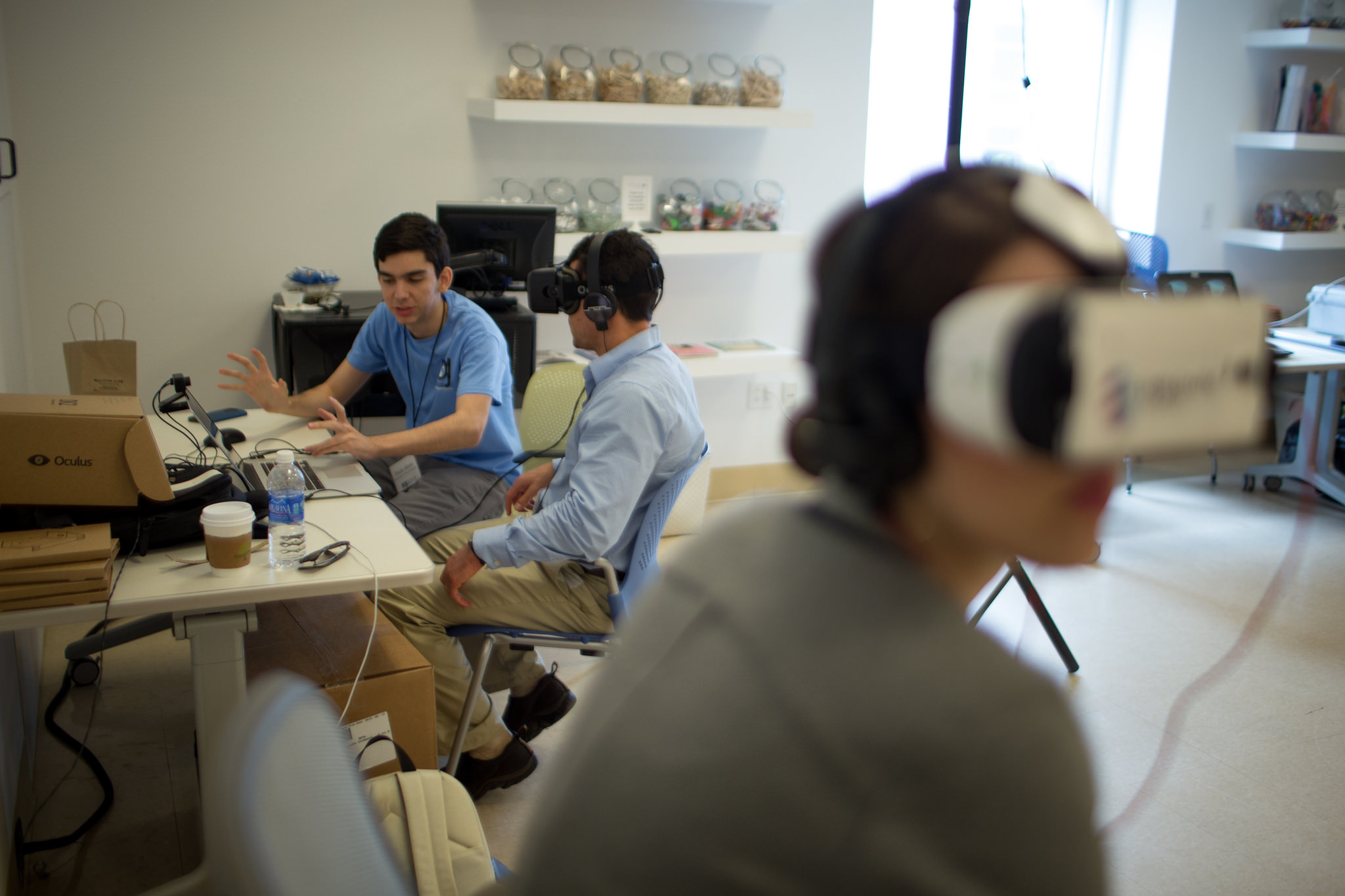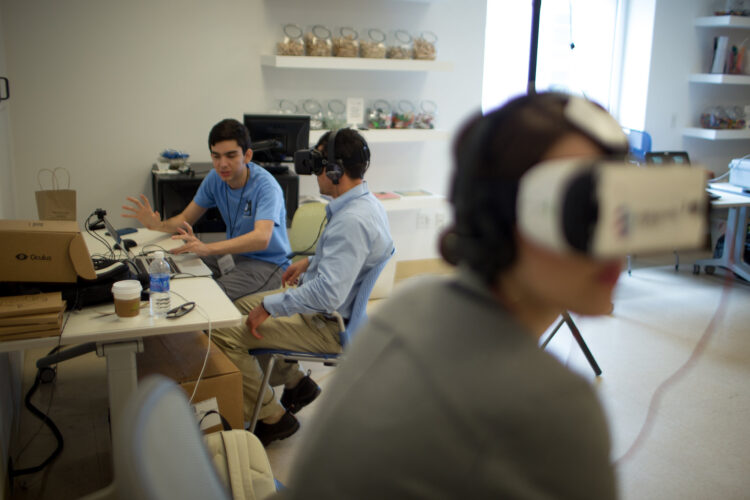
“If your starting point is unknown…there may be coherence, but knowledge is completely out of the question.” – Plato
Looking at the current state of virtual reality (VR) headsets, it is easy to see them simply as monitors strapped to your face. In a certain way, that is exactly what VR is, but this narrow definition fails to grasp the first principle of VR, or as Plato would say, its “starting point.”
The first principle of virtual reality is 3 > 2.
Moving a monitor from the desk to just in front of your eyes may not seem like much of a change — as small as the difference between 2 and 3 — but it is moving from 2-dimensional information to 3-dimensional information. This small change is actually a drastic leap and is best illustrated by an ancient Greek memorization technique, ironically called “The Roman Room.”
This time-proven mnemonic device is a way to turn 2D information into 3D, making it much easier to recall. First, think of a room that you are very familiar with. Imagine it: The more clearly you can, the better. Place whatever it is you are trying to remember — numbers, items, etc. — around the room. Recalling the information is as easy as walking through the room and seeing it. It is such an effective tool that even champions in memory competitions use it.
This raises a question: Why is information easier to recall in 3D than 2D? The answer lies in the evolution of our brains.
For hundreds of thousands of years, our brains existed in a 3D world. The first glimpses of 2D information — cave paintings — did not appear until about 50,000 years ago, and numbers came about 10-to-20 thousand years after. Geometry, our ultimate understanding of the 2D, is barely 5,000 years old. In terms of evolutionary time, our brains have spent less than one thousandth of a percent of their lives thinking in 2D.
VR allows us to tap into our natural ability to understand 3D information, a skill honed by millions of years of evolution. The possible applications are boundless. While today VR may seem like glorified face-monitors, in reality it is so much more.
Image credit: CC by Knight_Center_for_Journalism_in_the_Americas



